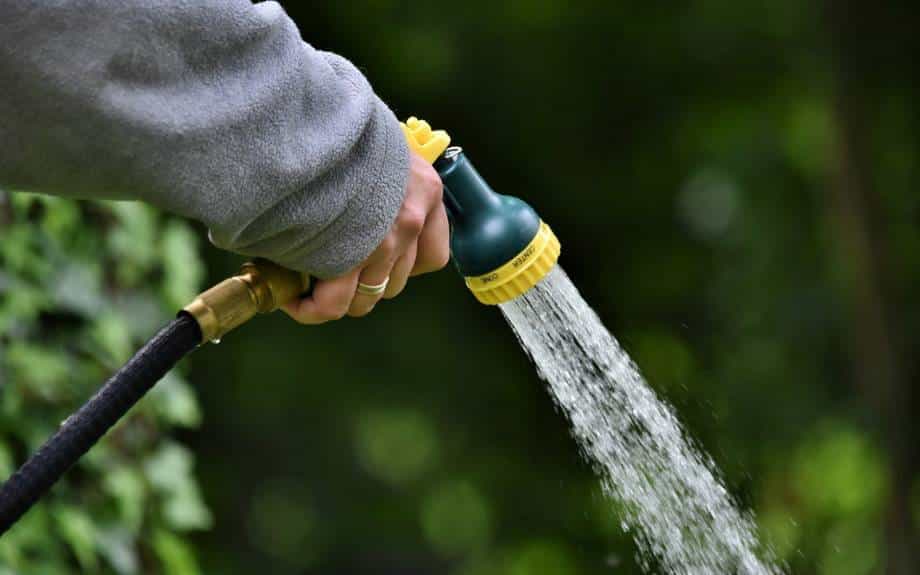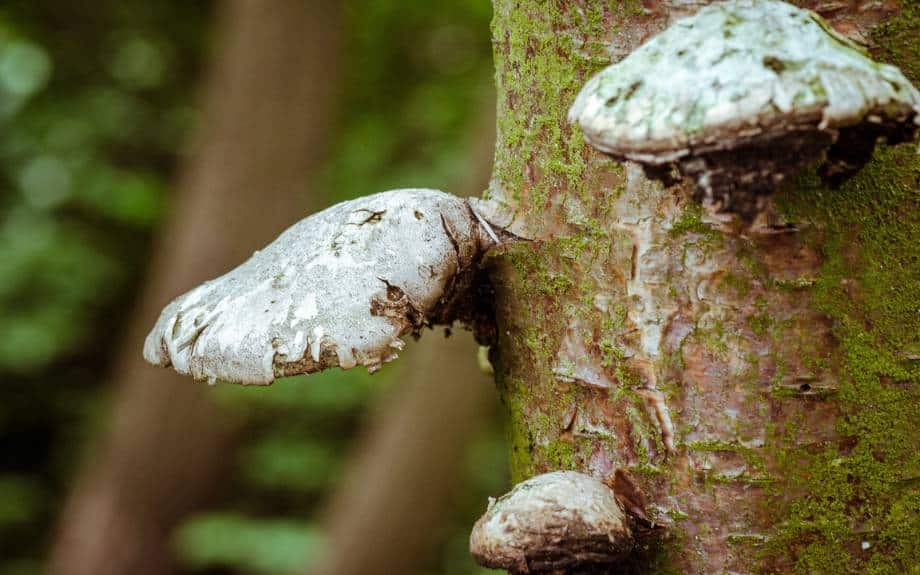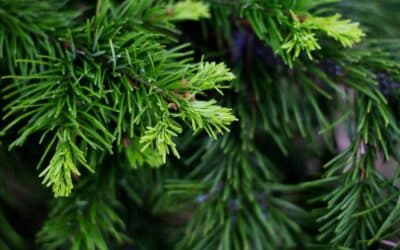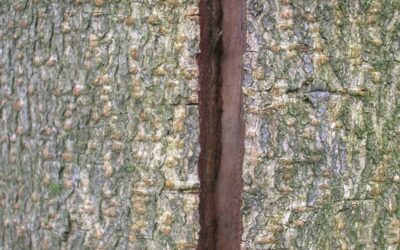Blog Topics
When the hot summer temperatures hit Northern Virginia, many of us start thinking about watering our trees. And while the heat may make you worry about possibly underwatering your trees, you’re probably not as concerned with the dangers of overwatering them – even though too much water is just as likely to kill your trees as not enough water. Read on to learn how overwatering threatens trees and how to know if your trees are overwatered.
How Much Water Do Trees in Northern Virginia Need?
Overwatering saturates the soil, and oversaturated soil prevents tree roots from absorbing the oxygen they need. This results in poor growth and invites a host of other problems for your trees, such as disease, vulnerability to pests, and even death.
Fortunately, it’s easy to avoid this problem if you understand your tree’s watering needs and how best to provide the moisture it needs.
The first thing you need to know to avoid overwatering your trees is how much water trees in Northern Virginia actually need. Several variables determine how much water a tree requires, such as:
- the tree species
- how long it’s been since the tree was planted
- the time of year, amount of rainfall, and temperature
- exposure to sun and wind
- competition for moisture from nearby landscape plants, shrubs, or trees
Some Tree Species Are Thirstier Than Others
Some species of tree require more water than others, so consider this as you select a new tree for your yard or set up a watering schedule for established trees.
If you’re looking for a thirsty Northern Virginia tree, the river birch, willow oak, and weeping willow generally require more water.
If you want low-maintenance watering, consider a pine or cedar species.
If you’d like help determining which tree species to plant or what kind of tree you have, give us a call at 703-658-8470. We can recommend the best tree species for your property and help you set up an appropriate watering schedule.
Is Your Tree Newly Planted or is It Already Established?
Newly planted and transplanted trees require more frequent watering than established trees, so consider the following guidelines for each.

Watering Newly Planted Trees
Newly planted trees need more attention and more frequent watering than established trees. Your newly planted tree should be watered with 2-3 gallons of water per caliper inch 2-3 times weekly.
Caliper inch refers to the diameter of the tree’s trunk at chest height. So, for example, a newly planted tree with a 2-inch diameter – or 2 caliper inches – would require 4-6 gallons of water 2-3 times a week.
>> See our watering, fertilization, and pruning guidelines for newly planted trees
Watering Established Trees
You can determine if your established tree needs water by checking the soil around the base of tree with a moisture meter. If the top few inches of soil are dry, it’s time to water your tree.
Time of Year Can Determine How Much Water Your Trees Need
Trees lose more water through transpiration in the spring and summer than in winter. The soil also dries out at a faster rate in these warmer months. This means you’ll have to water your trees more frequently during this time of year. Keep this in mind through extended dry periods and drought. Even your established trees can suffer the effects of dry periods and drought.
Northern Virginia Tree Watering Guidelines
If you’re looking for some general Northern Virginia watering guidelines, apply these best practices from the Virginia Department of Forestry:
- Give your trees a deep soak – You want moisture to reach down below the tree’s root zone, not just replenish moisture at the soil surface.
- “Low and slow” is best – Deep soaking can be done in several ways. Good options include:
- a slow release-watering bag,
- a 5-gallon bucket with small holes that let water slowly leak out, and
- drip irrigation placed beneath the edge of the tree canopy.
- Change watering frequency with the seasons – Trees can be watered less frequently (but still with a deep soak) once the growing season ends. However, they will benefit from a good periodic soak during warmer late fall and winter days when temperatures stay above freezing.

Mushrooms growing at the base of your tree or from the trunk is a sign of root rot, a condition that results from overwatering.
Signs of an Overwatered Tree
Be on the lookout for these signs of an overwatered tree:
- Consistently wet soil at the base of your tree – Soil should be cool and moist, not oversaturated, soggy, or visibly wet
- Yellow, wilting leaves – While potentially caused by another condition, wilting yellow leaves are a sign of overwatering
- Fungal growth, musty smell, and oozing – This is a sign of root rot, a fungal condition that develops when roots are drowned by overwatering
Can a Tree Recover from Overwatering?
Trees can often recover from overwatering if the symptoms are recognized early enough. The rescue operation begins by pausing the watering schedule – to start, withhold water for a week and see if the symptoms improve.
Keep in mind that if a tree becomes completely waterlogged for an extended period of time, it may not recover. And if it does survive, it may take multiple seasons to dry out and become healthy again.
How to Avoid Overwatering Your Tree
Avoiding overwatering starts with applying the best watering practices. Additionally, there are a few things you can do:
- Only water your tree when necessary.
- Use a moisture meter to determine when the soil around your tree is too dry.
- Consider installing a well-designed irrigation system that will benefit your trees and take the guesswork out of watering.
- Before planting a new tree, ensure that the planting location has adequate drainage.
- If the overwatering is due to flooding or a drainage issue in your landscape, professional intervention may be needed to correct the grade or install better drainage.
Concerned About Overwatering? Call Us!
If you think one or more of your trees is suffering from too much water, give Riverbend Tree Service a call at 703-658-8470 or use our handy online form to request a tree inspection. We’ll be able to tell you if your trees are overwatered and, after doing a full landscape assessment, why it’s happening. We can then recommend the best option for getting your sodden trees back to full health, such as adjusting your irrigation schedule, installing a French drain to prevent further moisture buildup, or aerating the soil around the tree to provide more oxygen to the roots. If any of your trees are unfortunately beyond help, we can quickly and safely remove them and grind out the stumps.
Give Us a Call at 703-402-9366
If you'd like help with your trees or landscape, have any questions, or would like to schedule an appointment with one of our Certified Arborists, please give us a call. We'd love to hear from you!



